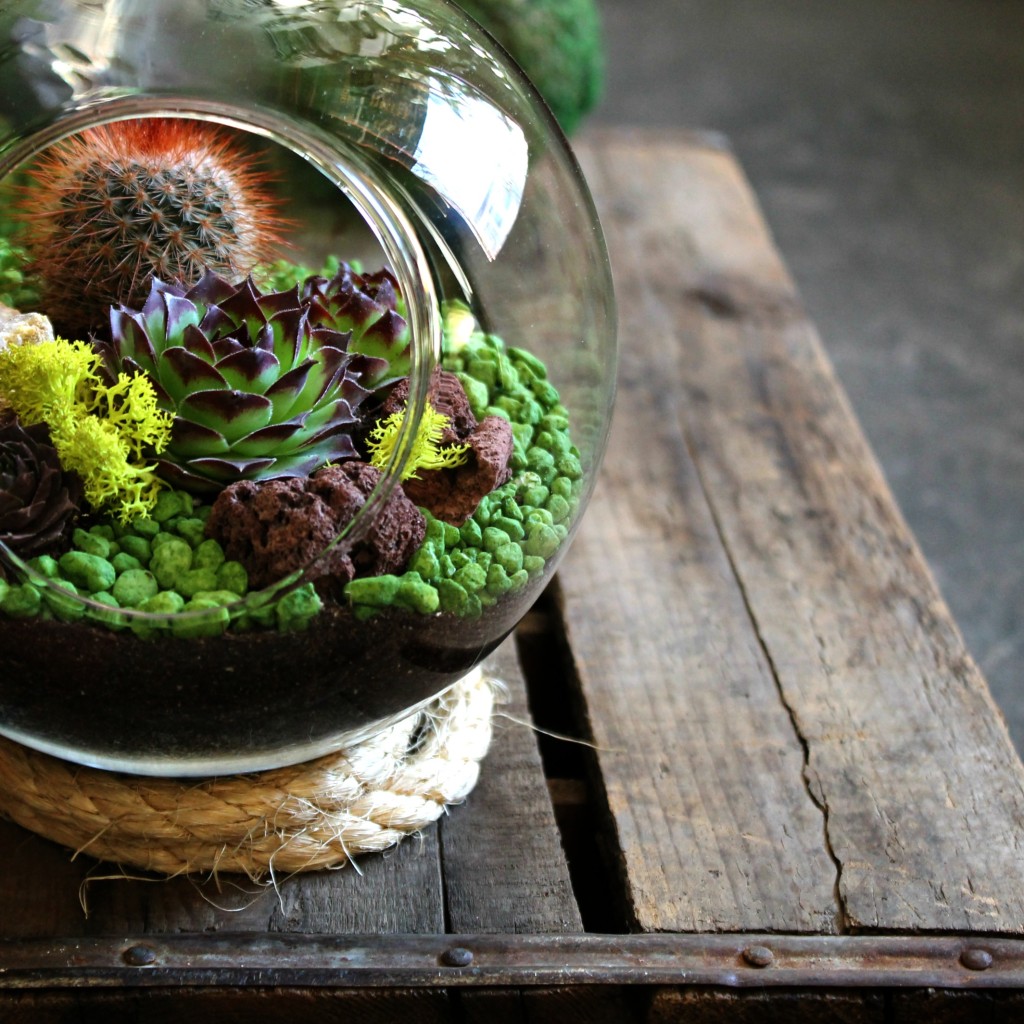Part one of a two-part series on cultivating nature in your home as a city dweller
By Monica Yearwood
As yoga’s “sister science,” Ayurveda teaches that by living in alignment with the cycles in nature we enhance health in body and contentment in mind. When we become disjointed from these cycles, we foster disease processes and emotional discordance. Living in a city environment poses unique challenges and opportunities for closing the gap between self and nature.
 “We have to start with a harmonious relationship with our own body, which is a microcosm of nature,” says David Crow, pioneer of the Grassroots Healthcare movement and founder of Floracopeia Essential Oils. “After that we should work to create healthy conditions in the environment around us, starting with our homes, which is the closest part of nature that we can influence.”
“We have to start with a harmonious relationship with our own body, which is a microcosm of nature,” says David Crow, pioneer of the Grassroots Healthcare movement and founder of Floracopeia Essential Oils. “After that we should work to create healthy conditions in the environment around us, starting with our homes, which is the closest part of nature that we can influence.”
The power of plants
One simple way to restore a relationship with nature is by bringing plant life into your home, advises Carol Venolia, architect and author of Get Back To Nature Without Leaving Home.
“In cities, creating some kind of window or balcony garden is a great idea. A few native habitat plants and a bird feeder and water will support the local web of life while bringing you back to your senses and your delight,” she says. “To me, living in alignment with nature means understanding that our human bodies require the rich, varying sensory stimulation that comes from the rest of the living world, and making changes in our habits and our surroundings that reunite us with the rest of nature,” she says. “This is important to our health and well-being, and it’s important to the flourishing of all life on earth, because human alienation from the rest of nature is at the root of our environmental crises.”
Ayurvedic medicine embraces plant life and its relationship with human beings. In addition, adopting a plant-based diet is one of the most direct ways of infiltrating the body with prana, or life force. Ayurveda healing also maintains that plants possess intelligence and souls that we can interact with, come to know and use to inform a healing process in the body.
According to a study reported in on a Psychology Today blog, having plants in the home increases mental well-being, lowers systolic blood pressure and improves attention span.
 In addition, research from the NASA Clean Air Study confirms that plants fight indoor pollutants, fight off colds and enhance a positive disposition. The study showed that common indoor plants such as dragon tree, ivy and ficus naturally remove toxic substances, such as benzene, formaldehyde and trichlorethylene, from the air. NASA researchers suggest efficient air cleaning is accomplished with at least one plant per 100 square feet of home or office space.
In addition, research from the NASA Clean Air Study confirms that plants fight indoor pollutants, fight off colds and enhance a positive disposition. The study showed that common indoor plants such as dragon tree, ivy and ficus naturally remove toxic substances, such as benzene, formaldehyde and trichlorethylene, from the air. NASA researchers suggest efficient air cleaning is accomplished with at least one plant per 100 square feet of home or office space.
Seasonal home design
 In addition to bringing plants into the home, the design of the building itself can facilitate a connection with nature. But you don’t have to tear down walls. Living space can change seasonally, expressing different colors found in the environment.
In addition to bringing plants into the home, the design of the building itself can facilitate a connection with nature. But you don’t have to tear down walls. Living space can change seasonally, expressing different colors found in the environment.
“One can also seasonally change environment or atmosphere by replacing simple interior elements such as rugs, throw pillows, accessories, etc.,” says Maureen Ford, Chicago resident and interior designer.
For example, in fall use the diverse colors found in falling leaves
to accentuate living space. In winter, incorporate the colors of the light blue sky. In summer, explore the abundance of colors found in nature and bring them into the home.
Incorporating nature’s elements is especially important in the kitchen, according to Venolia. “The kitchen is widely regarded as the heart of the home, and its nurturing qualities emanate throughout the house,” she  writes in Natural Remodeling For The Not So Green House.
writes in Natural Remodeling For The Not So Green House.
“The defining feature of the ecological kitchen isn’t energy efficient appliances or recycled-content countertops (though those are
good, too),” Vernolia writes. “Kitchens are about the food. And
food is about many things we sometimes forget: plants, soil, rain, pollinators, farmers, weather and seasons…If you plan to redesign your kitchen, think of ways to enhance its connection with the act of growing food.”
Growing food in your kitchen space can be as simple as purchasing fruits and vegetables still on the vine when possible and displaying them attractively on your counters or tables until you are ready to consume them. Potted herbs can be used in your cooking and also bring the element of earth into your kitchen. Composting your food material is another way to stay connected with your food.
Urban gardening, co-ops, rooftop gardening and local organic farm sourcing are becoming more prevalent in Chicago, and these efforts show that there is a desire to bring nature into our everyday lives, and to help one another remember through our everyday interactions that we are nature.
 “In my work, I find that the main obstacle [from living in alignment with nature] is within, says Vernolia. “People tend to be driven, overwhelmed, so busy they think they can’t take a few moments to be outdoors or to put up a bird feeder or add a green plant to their desk. The first step is understanding how powerful and essential these simple actions are; the second is believing that we deserve to feel really good, that we shouldn’t feel guilty about taking care of ourselves.”
“In my work, I find that the main obstacle [from living in alignment with nature] is within, says Vernolia. “People tend to be driven, overwhelmed, so busy they think they can’t take a few moments to be outdoors or to put up a bird feeder or add a green plant to their desk. The first step is understanding how powerful and essential these simple actions are; the second is believing that we deserve to feel really good, that we shouldn’t feel guilty about taking care of ourselves.”
Monica Yearwood is an ayurvedic practitioner, author, speaker and founder of Hamsa Ayurveda & Yoga.
Ayurvedic Resources
llumine readers receive a 50%discount on Carol Venolia’s ebook, “Get Back to Nature without Leaving Home.” The book details her approach more deeply, and gets you started with a fun process of exploring yourself and your surroundings, followed by 10 simple practices that you can do right away. Visit comehometonature.com and enter the coupon code “ALIVE” in the checkout window.
David Crow offers an online introductory course on essential oils called “The Pharmacy of Flowers” through his company Floracopeia. Visit floracopeia.com for more information.
























No Responses to “Ayurveda: Bringing the Outdoors In”